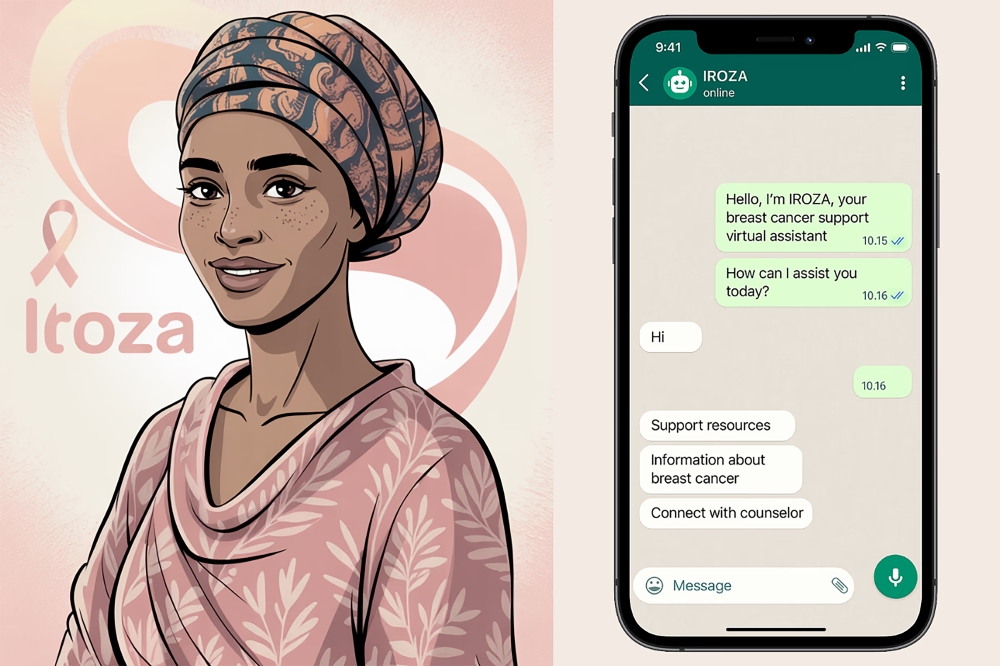Have you applied for public tenders many times, but your firm has never won or even got shortlisted? You might have lost tenders over small mistakes that could have been avoided if you knew how to write a winning tender proposal. As they say, all good things come at a price.


Have you applied for public tenders many times, but your firm has never won or even got shortlisted? You might have lost tenders over small mistakes that could have been avoided if you knew how to write a winning tender proposal. As they say, all good things come at a price.
So, you have to prepare well before submitting your bid documents to ensure that you win the contract. Although a winning tender proposal requires a lot of time and effort to put together, here are a few tips to help you along:Keep it brief: The job owner has many bids to read, do not make his work harder by writing irrelevancies. Keep your bid brief and to the point. This will give you an edge as they will not have to read through a lot of long-winded talk. So, edit out all unnecessary stuff. Get active: The active voice is more concise and direct than the passive voice and usually works best in tenders and proposals. Employ it to your advantage to avoid boring people with winding sentences. Keep it personal: If you want your bid to attract attention, keep the focus on your prospect. Start most of your paragraphs with their name and use ‘you’ and ‘your’ to personalise your proposal. What’s in it for me? Essentially, the project owner wants to know what they will gain by selecting you, so tell them. Highlight how your skills, knowledge, experience or what you propose, will benefit their business or organisation. Every time you make a statement about your business, its service or products, put yourself in your prospect’s shoes and ask yourself, "How will I benefit from this?” This will help focus your bid and provide answers to the job owner.Prove it: Avoid claims such as "we are the leading, fastest or best value provider of...” unless you have hard evidence to prove it. Use quotes from the media or happy clients, award-wins and good survey results to back up your proposal. Give great examples: Give specific, yet short and punchy examples of how your company makes a difference to its clients. Mini-case studies are a great way to make an impact. Provide specific, factual evidence or even testimonials showing how you have helped a client to save time and money, or how you devised an innovative solution to a client’s problem.Make it look good: Well-laid out bids are visually appealing and easy to read. Use headings, sub-headings, photos, diagrams, graphics and white space. If you are bidding for project work, include a timetable or a project management plan. Jog their memory: If your tender proposal is to an existing client, remind them how much you have achieved together so far, all the problems you have resolved for them or the extra value you have given at no cost. Describe how they will benefit from continued use of your services or products. For instance, you could show them how they would avoid upheaval, or continue to benefit from your intimate knowledge of their business. Answer the question: It might sound obvious, but you would be surprised at how many people don’t do it. With formal tenders, especially in government organisations, it is important to answer the questions in the specific order and numbering convention that they are asked in. Many bidders ignore this, but wonder why they are never shortlisted or selected. Make it error-free. Find a colleague or pay a professional to proofread your final draft. While a word-perfect proposal won’t win you points alone, one with typos could certainly cost you. Take time to check every word, and whether you have answered all the questions in the right order and you have all the requirements for lodgment and attachments.




